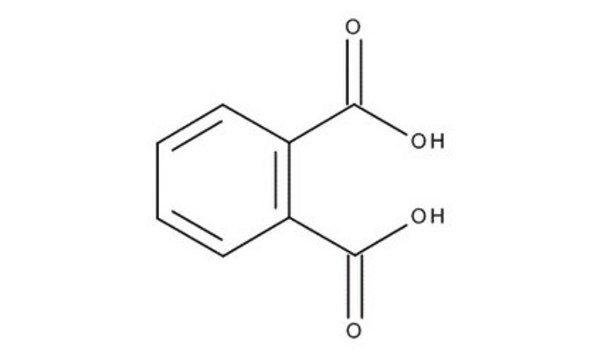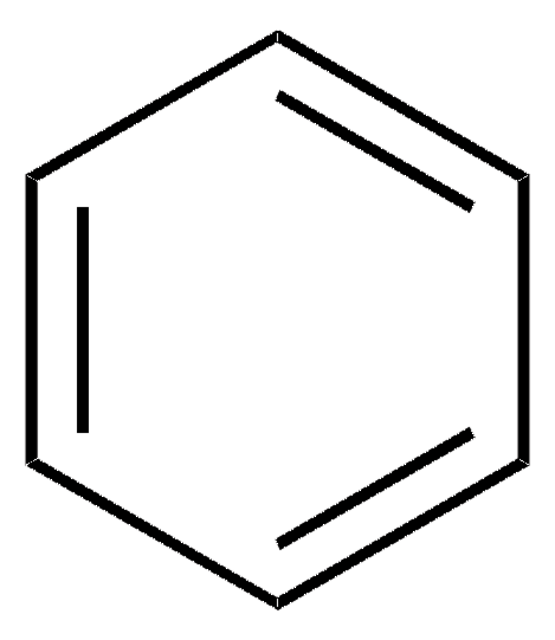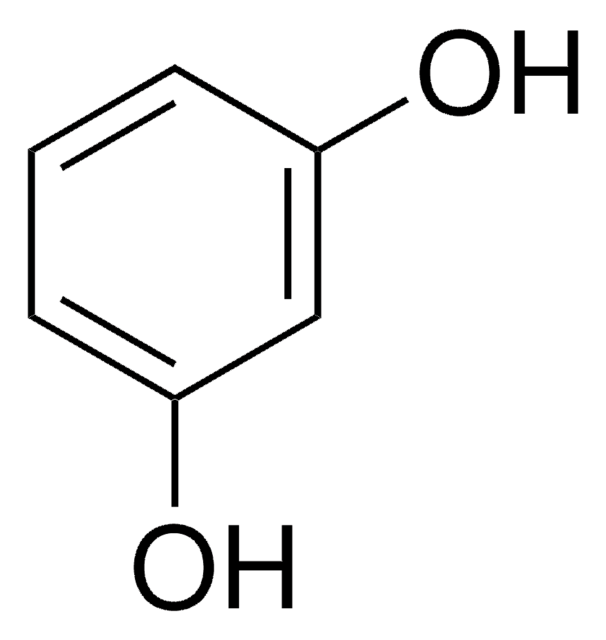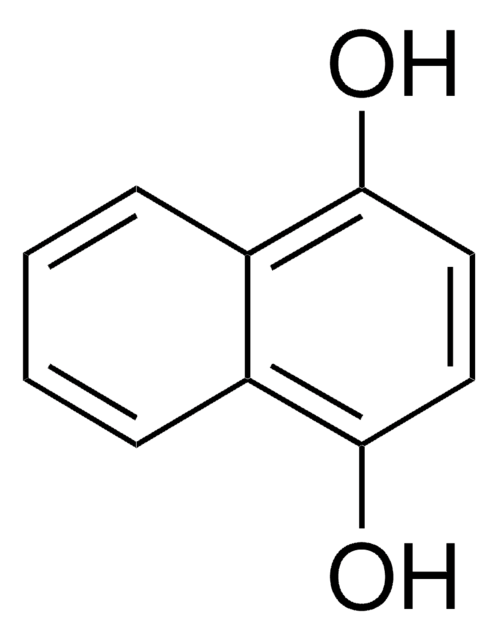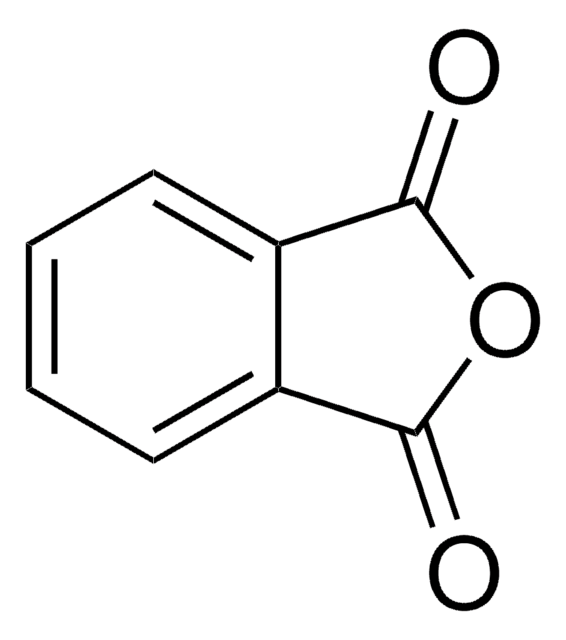79255
Acide phtalique
analytical standard
Synonyme(s) :
1,2-Benzenedicarboxylic acid
About This Item
Produits recommandés
Qualité
analytical standard
Niveau de qualité
Pureté
≥99.5% (GC)
≥99.5% (T)
Durée de conservation
limited shelf life, expiry date on the label
Technique(s)
HPLC: suitable
gas chromatography (GC): suitable
Impuretés
≤0.5% water
Pf
210-211 °C (dec.) (lit.)
Application(s)
cleaning products
cosmetics
food and beverages
personal care
Format
neat
Chaîne SMILES
OC(C1=C(C(O)=O)C=CC=C1)=O
InChI
1S/C8H6O4/c9-7(10)5-3-1-2-4-6(5)8(11)12/h1-4H,(H,9,10)(H,11,12)
Clé InChI
XNGIFLGASWRNHJ-UHFFFAOYSA-N
Vous recherchez des produits similaires ? Visite Guide de comparaison des produits
Description générale
Application
- Angelicae Radix and Ligustici Rhizoma using high performance liquid chromatography with photodiode array detection (HPLC-PDA) followed by liquid chromatography coupled to mass spectrometry (LC-MS) and capillary electrophoresis (CE) analyses.
- Nigella sativa and Solanum nigrum using gas chromatography-mass spectrometry (GC-MS).
Produits recommandés
Mention d'avertissement
Danger
Mentions de danger
Conseils de prudence
Classification des risques
Eye Dam. 1
Code de la classe de stockage
11 - Combustible Solids
Classe de danger pour l'eau (WGK)
WGK 1
Point d'éclair (°F)
334.4 °F
Point d'éclair (°C)
168 °C
Faites votre choix parmi les versions les plus récentes :
Déjà en possession de ce produit ?
Retrouvez la documentation relative aux produits que vous avez récemment achetés dans la Bibliothèque de documents.
Les clients ont également consulté
Notre équipe de scientifiques dispose d'une expérience dans tous les secteurs de la recherche, notamment en sciences de la vie, science des matériaux, synthèse chimique, chromatographie, analyse et dans de nombreux autres domaines..
Contacter notre Service technique

